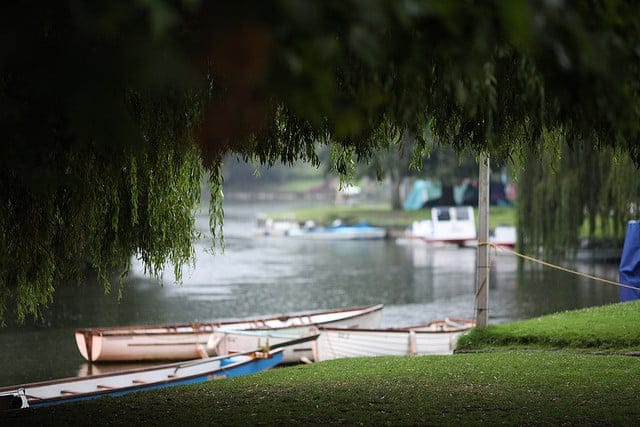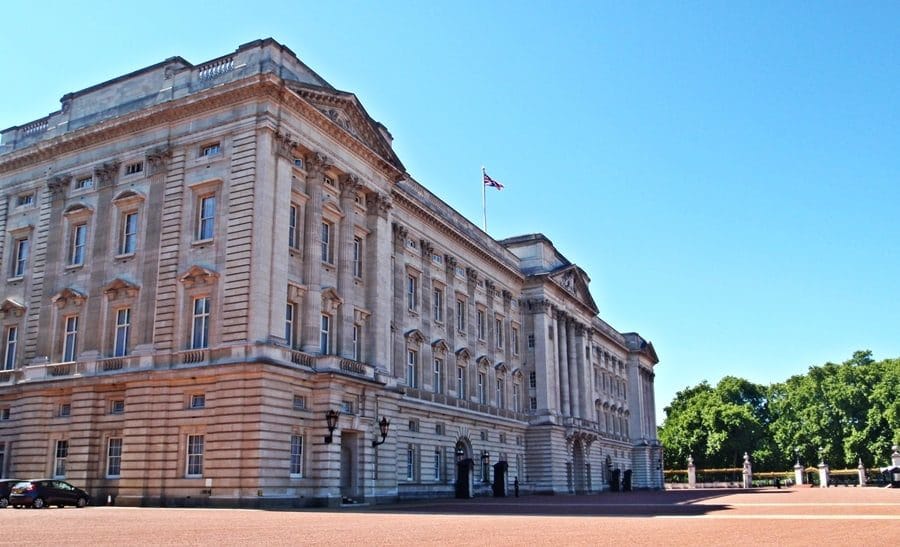London has it all, nightlife, work life, wildlife and greenery. It may seem that the wildlife has left the city, the hustle and bustle, restaurants and bars in London for more peaceful, rural pastures but that isn’t the case; if you stopped and looked around you will see that nature is still at the heart of the city. There are places that you can go to take in nature and view the wildlife in the city; here are a handful of ideas to try.

Stroll through the Park
A mere stone’s throw away from the Paddington Hotel lies 350 acres of stunning greenery. Hyde Park is one of the Royal parks and is home to a variety of birds, beasts and plants. It houses a meadow area which gives a sense of what Hyde Park once was, and in the summer it is a feeding ground for butterflies. Not only this, as you walk through the grounds, you will hear a selection of birds singing, such as the robin and the tits, and spot squirrels constantly running from tree to tree.
The man-made lake, the Serpentine, hosts a wide range of wildlife including ducks and fish. Ecologists have just finished building a large floating wetland island in the middle of the Serpentine which will clean the lake’s water naturally and cultivate micro-organisms that will grow and begin the food chain for aquatic wildlife. The vast amount of insects provide a feeding frenzy for bats at dusk and there are also some unique species that visit the park, such as black swans, Egyptian geese and buzzards.
Camley St Natural Park
A small yet beautiful two acre space full of wildlife and vegetation lies surprisingly in the middle of London, right next to the Eurostar station in St Pancras as a matter of fact. The Camley Street National Park may not be very big but it plays an important part in the conservation process as it is the heart of the London Wildlife Trust volunteering scheme, and allows city dwellers to escape from the eccentric London life. It is a natural habitat for plants, butterflies, amphibians and birds and visitors can see a selection of birds such as geese, the mallard duck, the kingfisher and the reed warbler to name but a few.
London Wetlands Centre
Established in 1946, the conservation charity Wildfowl & Wetlands Trust (WWT) saves and maintains the wetlands, which are essential for our drinking water and for the survival of wildlife. Their London Wetland centre is situated in Barnes and the 100 acres conservation site was opened in 2000. It is home to all different types of birds, plants and insects, some of which are not from London such as the common kingfisher, the great crested grebe and the Eurasian bittern to name a few.

It is a wonderful place for the family consisting of an adventure playground and a discovery centre for the children. Additionally, this will show them the different types of habitats that can be found in wetlands around the world and the creatures that live there and how pollution can affect their habitat. In World Wetlands, you will observe stunning water birds such as smews and American wood ducks, as well as a family of Asian short-clawed otters that now reside there; every day there is a chance to feed the birds and watch the otters swim.
As well as the exceptional wildlife, there are some breath taking gardens at the centre. The RBC Rain Garden creates a fantastic habitat for an array of insects, small mammals and amphibians with its wildflower meadow and its stream that is bordered with logs, trees and reeds. The slate garden is an aesthetic masterpiece with its vivid colours and displays which last from Spring to Autumn and provide safety and food for many insects such as butterflies and bees.
Anyone for a Spot of Gardening?
Described as an “idyllic garden within a quiet residential street”, the Centre for Wildlife Gardening was established 25 years ago in Peckham and has become an award-winning establishment. It is a firm favourite with gardeners, wildlife fans and children alike with a centre that offers advice to city gardeners and a nature trail for the children. It also accommodates an array of habitats in its wildlife garden, such as the Minibeast village, wildlife pond and stag beetle sanctuary, and provides a safe haven for song birds and the red fox. It is a wonderful place to come and experience right in the heart of London and don’t forget to visit their shop which sells produce from the centre, including honey from their bee hives.
It’s all about Natural History
Where better to experience wildlife than in the Natural History museum. A short walk away from London Premier Notting Hill lies the wildlife garden which is part of the Natural History’s exhibits. Since the doors opened in 1995, over 2000 species have been identified in the gardens and thousands of plants have been cultivated there; this shows a working and growing ecosystem at its very best. It is open from April to October each year and if you visit at different points of the year you will see different plants coming to life such as the sloe and holly berries.
Wildlife isn’t just in the country, it still remains amongst the busy stores, restaurants and bars in London, you just have to know where to look.